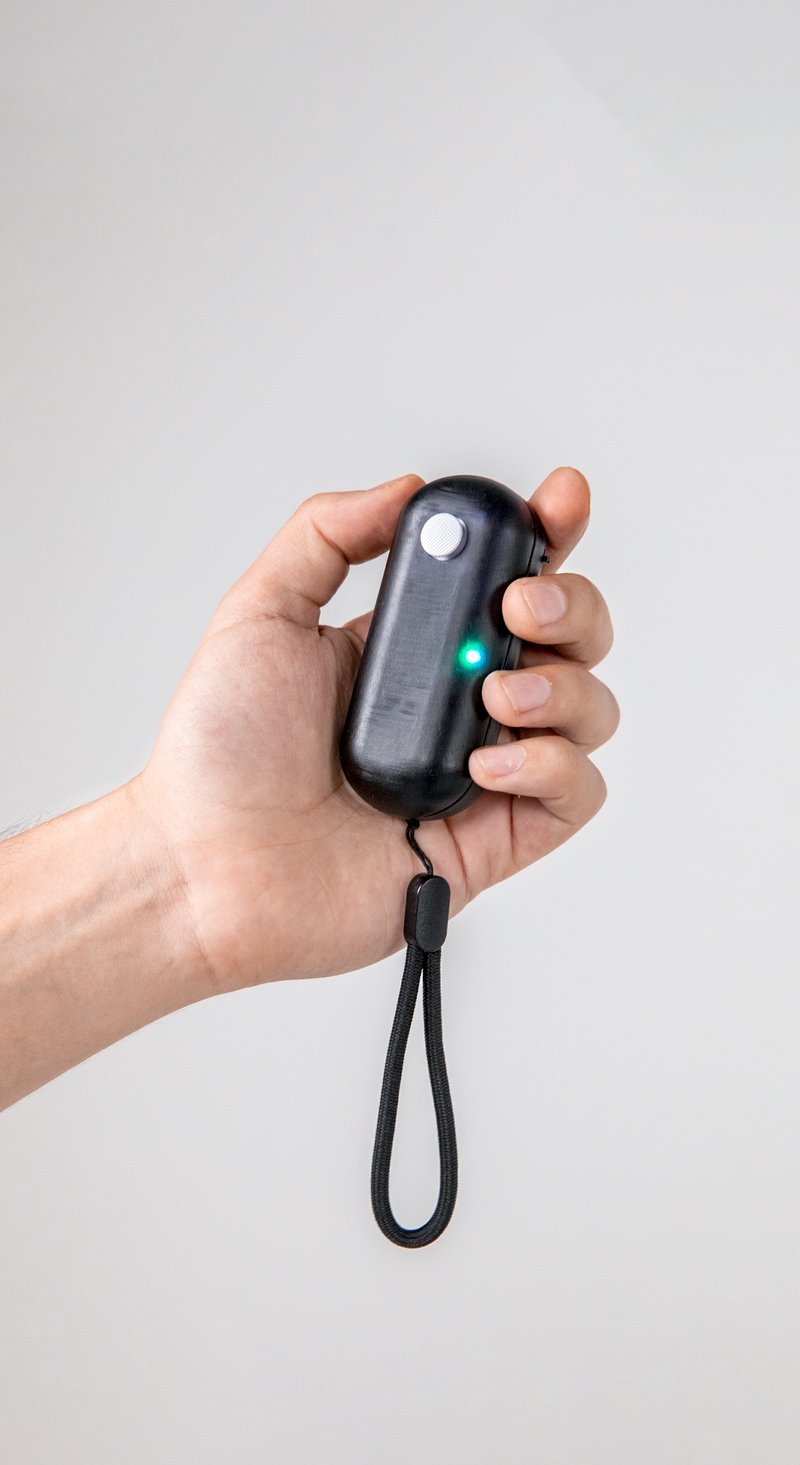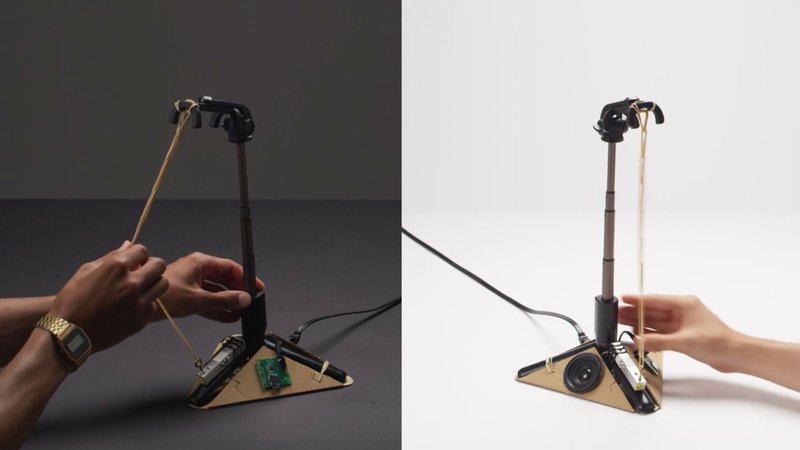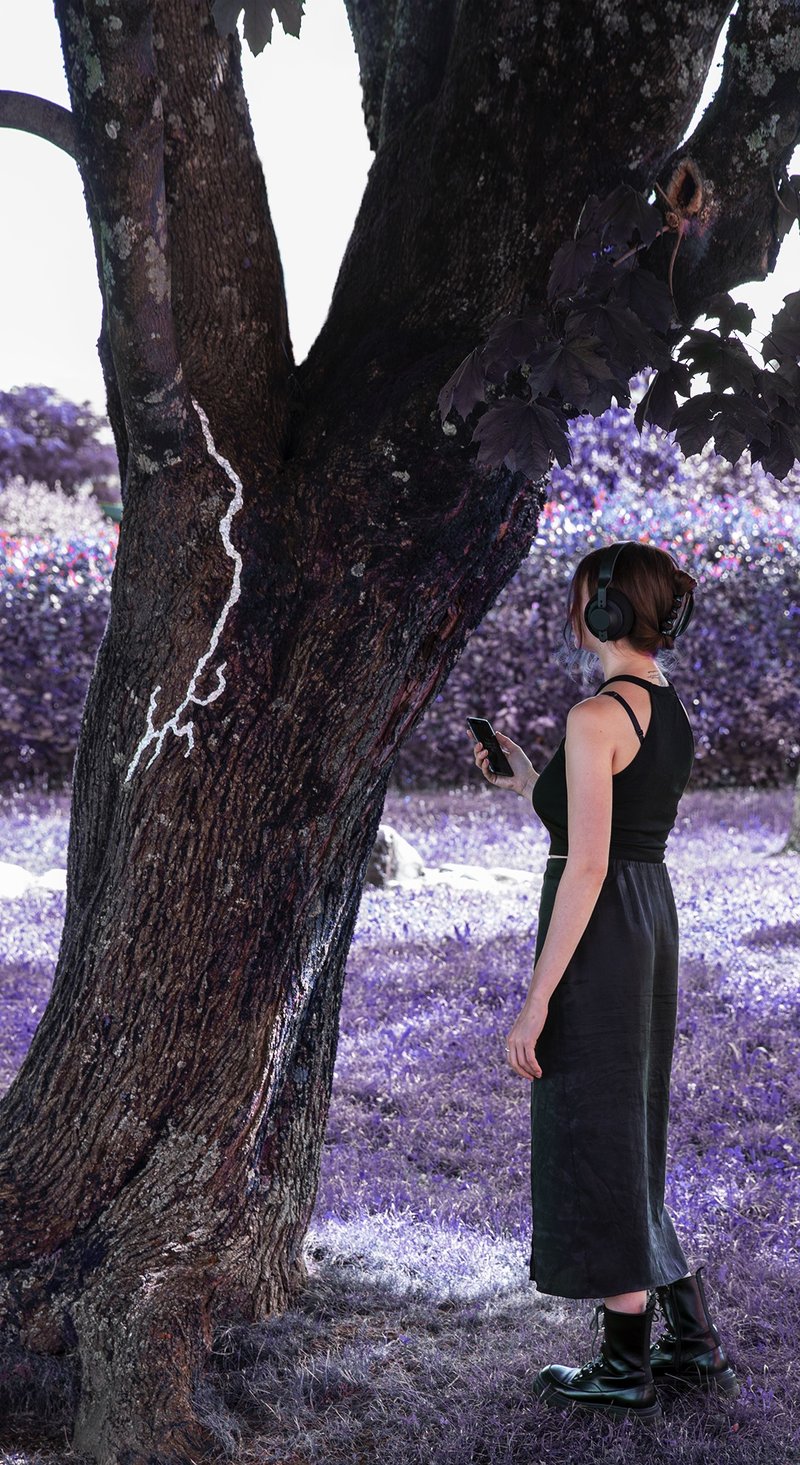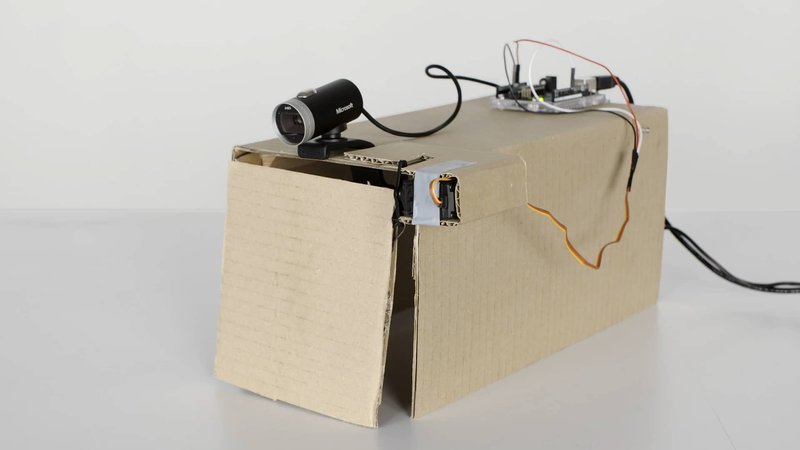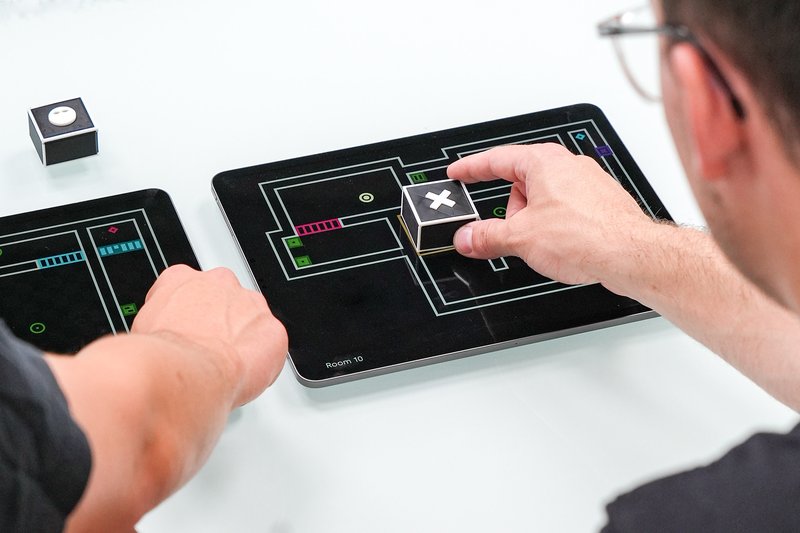
BA MEDIA & INTERACTION DESIGN
Marius Parisod – Get-Out 4
by Marius Parisod
At the crossroads between video games and board games, Get-Out 4 is an invitation to rediscover the joy of playing together. This puzzle game, designed to be played by two or more players, encourages direct interaction and cooperation. The use of external game pieces invites players to rely on their observation and deduction skills, bringing them together in a shared experience that goes beyond screens. The design of Get-Out 4 is based on a minimalist aesthetic inspired by early video games such as Pong, Pac-Man, and Tetris. This visual simplicity not only evokes nostalgia but is strategically employed to enhance player engagement by focusing on gameplay mechanics. This project, beyond its playful aspect, offers human interaction through the lens of gaming.




